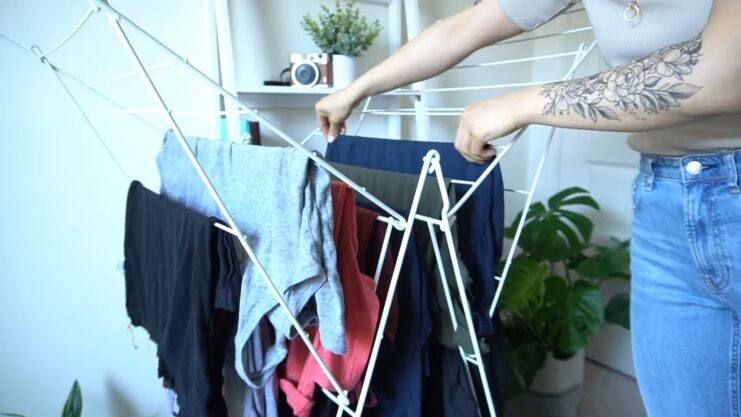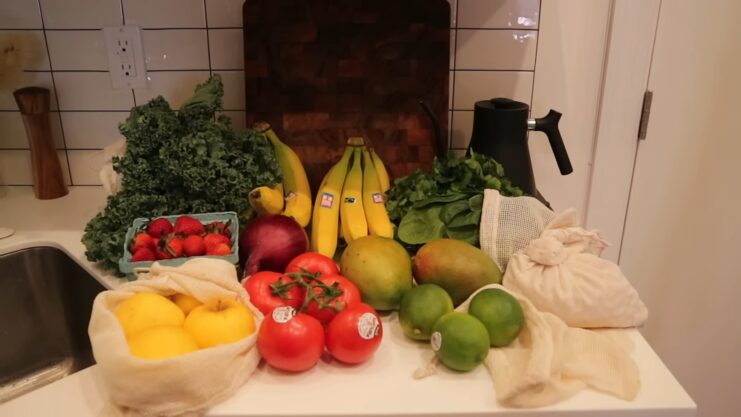Are you looking to be more conscious of your lifestyle decisions? Are you worried that you might be living too wastefully?
Making sustainable living choices will not only help the environment, but it might save you a lot of money. Below are six tips on how you can get started.
1. Research What You’re Investing In
One of the easy tasks you can do is to research what you put your money into. This doesn’t necessarily mean stocks, but anything you buy from: clothing stores, restaurants, or other vendors. It’s good to know whether or not you’re buying from a company that is eco-friendly, provides a good working environment for its workers, and minimizes waste production.
For instance, some clothing stores specialize in fast fashion, which is terrible for the environment and employees.
Not only are the employees known to be severely underpaid, but clothes bought from fast fashion companies are also thrown out relatively quickly because of their poor quality. The materials these clothes are made of do not break down as easily, meaning they stay in landfills for a long time.
To research more into ethical and eco-friendly companies that sell what you’re looking for, you can easily search for them online. For example, if you’re looking for ethical diamond rings, you can search for companies that might be advertising for such and do background research from there.
2. Look into Reusable Items

Sometimes, just doing something different can have a significant effect on your life. For example, instead of drinking from individual bottled water that you usually buy in packages from the store, you can drink from a reusable water bottle which will save you the money you usually spend on those packages of water.
With a reusable water bottle, you can refill it anytime at nearby water fountains and in larger amounts as well, depending on the size of your water bottle.
The small change doesn’t only include your water bottle but also things like batteries and what you use to do your laundry. Instead of one-time-use batteries, you can look into rechargeable batteries. No more buying packets of batteries just to dispose of them later; investing in rechargeable batteries will help save the environment and your money.
Instead of using dryer sheets, you can use reusable dryer balls, which are wool balls that do exactly what sheets do in a more sustainable way. These small changes are worth making if you want to contribute less to waste and save your money.
3. Use Less Plastic
We have all heard that plastic is one of the biggest pollutants, making it one of the items we must reduce in our lives to build a more sustainable environment. This can range from using plastic straws to using plastic grocery bags from your local store.
If you have eco-bags, bring them with you to the store and use them. They’re bigger and more reliable than the plastic bags they offer. There are other plastic items you can switch out for more sustainable options, such as metal razors, menstrual products, cutlery, and cosmetics.
4. Don’t Use Unnecessary Energy

You may have heard this time and time again, but turning off the shower when you’re not using the water helps conserve energy and reduce waste.
Opting for air-drying your clothes on a clothesline instead of using the dryer can save you money and energy. Small decisions like these or even small changes, such as installing a bidet, can significantly reduce waste in your household.
5. Consider Local Vacations
Air travel is one of the largest contributors to global warming. It uses a massive amount of energy for a single commercial flight – which means that much as we love vacations, they’re a major source of pollution when we fly to get to our destination.
Don’t be fooled by the “but the plane will fly whether I get on it or not” argument. The more people decide to take local destinations and discover the beauty of nature on their doorstep; the fewer flights will have cause to take off.
And there is such beauty nearby! How many hours is the shortest flight you’d take, including travel to/from the airport, waiting once you’re there, the flight time, and other factors? Most flights will take at least 4 hours from door to door.
Is there anywhere within 4 hours’ drive of your home that might be a nice place to visit? Of course, there is.
You don’t need to swear off air travel – but it’s best saved for special occasions. There’s so much amazing stuff to discover nearby; it’s a shame to miss out on it.
6. Not Everything Has to Be Served Hot!

An overlooked way to reduce your carbon footprint is to cook less.
And no, we don’t mean “order more takeaways.” Takeaway food has a pretty heavy carbon footprint, given that it involves commercial cooking plus transportation. It also tends to produce non-recyclable waste.
Rather, discover that there are many foods that simply don’t need cooking. If salad sounds boring, that’s because you’ve never had a good salad.
It’s not all iceberg lettuce. You can put virtually any vegetable in a salad. You can experiment with dressings and sauces. You can add protein with nuts or high-quality raw fish – all without turning on that energy-guzzling stovetop.
Again, this doesn’t mean you shouldn’t cook. You should! Hot food is wonderful, and you deserve it. But there’s a world of delicious dishes that we overlook because we’re accustomed to the best meal of the day being served hot, so we expect it.
Learning to make a great salad is an undervalued life skill. Put down that pan and grab your largest bowl – it’s time to get mixing.
Final Thoughts
Hopefully, these six tips help you in making more conscious lifestyle decisions. Whether it’s because you want to save more money or just want to stop living wastefully, how far you embark on this sustainability journey depends on you.
Just adopting one of these tips helps not only you but the earth and the rest of society.

